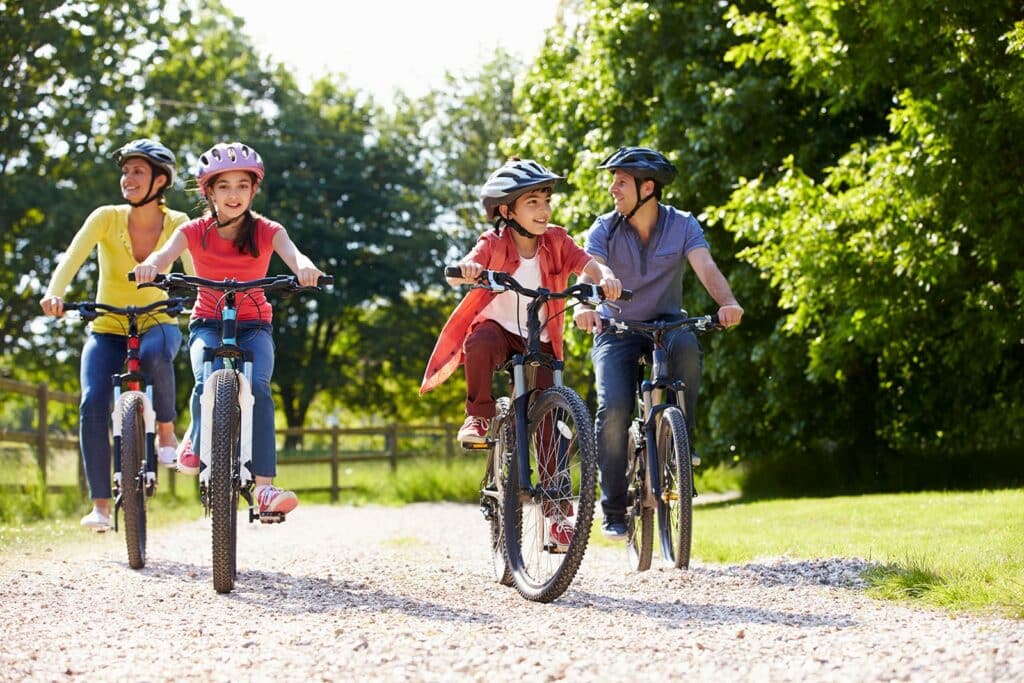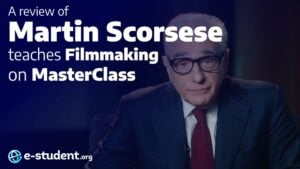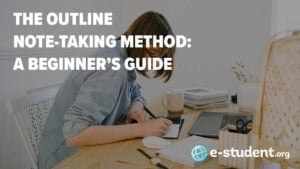- According to the Experiential Learning Theory, we learn by doing and by reflecting on our experience.
- The Experiential Learning Theory caters to the different learning styles of individuals.
- Experiential learning allows teachers to create opportunities for students to be able to bridge the gap between theory and practice.
I hear and I forget, I see and I remember, I do and I understand
Confucius, 450 BC
We’ve heard it said that experience is the best teacher. As children, a lot of the things we learned, we learned by doing. When we were little, we learned how to read and write by doing these activities. People learn how to cook by cooking. This is the core concept of the Experiential Learning Theory.
According to the Experiential Learning Theory, “knowledge results from the combinations of grasping and transforming the experience.” In this article, we’ll look at what “grasping” and “transforming” experience means, the benefits of experiential learning, and how to integrate it into the online classroom.
Table of Contents
What is the Experiential Learning Theory?
The Experiential Learning Theory was proposed by American psychologist David Kolb in 1984. He was inspired by the work of Jean Piaget, John Dewey, and others. His educational theory placed importance on the role of experience in the learning process. Simply put, Kolb believed that knowledge is acquired by doing.
Sounds simple enough, right? But we should know that “doing” something does not easily translate to learning it. Experiential learning must have the following elements:
- Experiences must be supported by reflection, critical analysis, and synthesis.
- They should allow the learner to take initiative and make decisions. The learner should also be accountable for the results of their decisions.
- Learners must be actively engaged in the experience, such as experimenting, being curious, asking questions, and investigating.
- The results of the learning process should form the foundation for future knowledge-building.
- The experience should allow the individual to learn from natural consequences, mistakes, failures, and successes.

The experiential learning process
According to Kolb, the learning process is composed of four modes or stages that form a cycle: concrete learning, reflective observation, abstract conceptualization, and active experimentation.
1. Concrete learning: This is when the individual encounters a learning experience. It could be something new or a reinterpretation of an old experience (interpreting an old experience in a new way).

To put things more simply, the cycle goes like this: the learner has an experience. He reflects on that experience. He learns from the experience. And he tries out what he has learned. Because he tried it out, he goes through another experience, which starts off the cycle once again.
According to Kolb, the first two modes or stages of the cycle can be categorized as “grasping an experience,” while the last two are about “transforming an experience.” Grasping an experience involves using our senses and perceptions to engage in what is happening to us (experiencing) and thinking/forming conclusions and hypotheses that we can test. Transforming an experience just means that we are using the information gathered and turning it into knowledge (reflection and action).
While there are stages, everyone has his own preference on the way they learn and navigate this cycle. According to Kolb, our preferences are influenced by our genetics, environment, and life experiences. So, some of us may prefer to focus on one or two modes more than the others. What does this mean? It means that we don’t have to start the learning process with an experience. We can start the process on the stage that works best for us and our situation.
Here’s an example: You want to learn how to ride a bike. You can start the learning experience by getting on a bike and trying it out. Another person might prefer starting with an abstract concept, so he/she reads about how to ride a bike. A different person might observe how others ride a bike and reflect on it.
Benefits of the Experiential Learning Theory
There are two goals in the experiential learning process. One is to learn the specifics of a particular subject, and the other is to learn about one’s own learning process
David A. Kolb
- The experiential learning cycle is natural and organic. The different stages are actions we normally take when we are interested in a subject matter, unaware that we are already engaged in a learning process.
- It accommodates the different learning styles of people. Some people prefer to start their learning process with an abstract concept, such as listening to a lecture or reading a book, while others prefer to dive right into the experience.
- The Experiential Learning Theory allows individuals to learn from their mistakes and failures.
- Experiential learning provides individuals with opportunities to practice their learning right away, preparing them for future experiences in the real world.
- Students are motivated and more engaged in the learning process because experiments are fun and exciting.
Integrating experiential learning in the online classroom
The primary role of educators, according to the Experiential Learning Theory, is as facilitators and guides. Experiences can be teacher-led but should be student-focused. As a teacher, you should make sure to provide suitable experiences that allow students to practice their skills and support new learning.
These experiences should engage students, encouraging them to be curious, ask questions, be creative, and assume responsibility. Moreover, the teacher should make sure that the students are given opportunities to reflect on their learning during and after the experience. The students should be able to identify connections between ideas as well as between theory and experience.
There are many ways that teachers can integrate experiential learning in the virtual classroom. Some activities that can be conducted online include:

Conclusion
Learning by doing is not a new concept. In fact, it’s as natural to us as breathing. Experiential learning is something we have engaged in since childhood. Integrating the Experiential Learning Theory in the online classroom doesn’t have to be difficult. More importantly, this teaching technique can improve engagement and provide students with opportunities to practice and deepen their emerging knowledge and skills.



